NASA Astronomy Picture of the Day 7 April 2023: Constellation Orion's brightest star Rigel
Astronomy Picture of the Day today, is a snapshot of Rigel, a supergiant star which forms the left foot of the constellation of Orion.
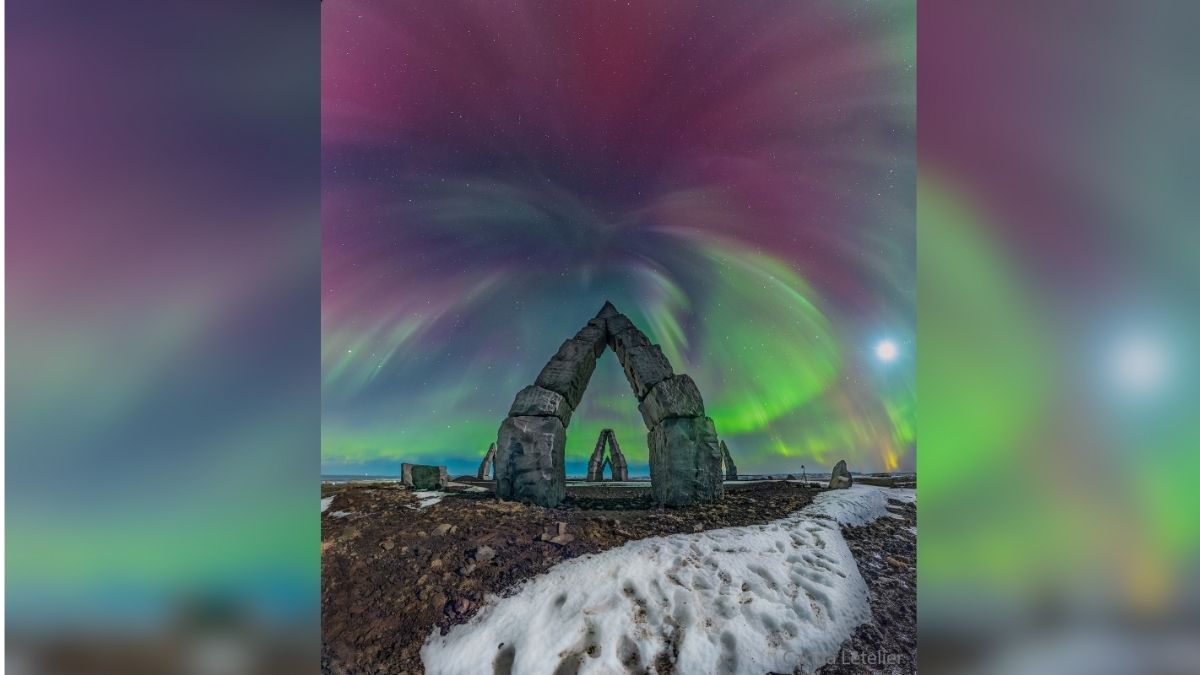
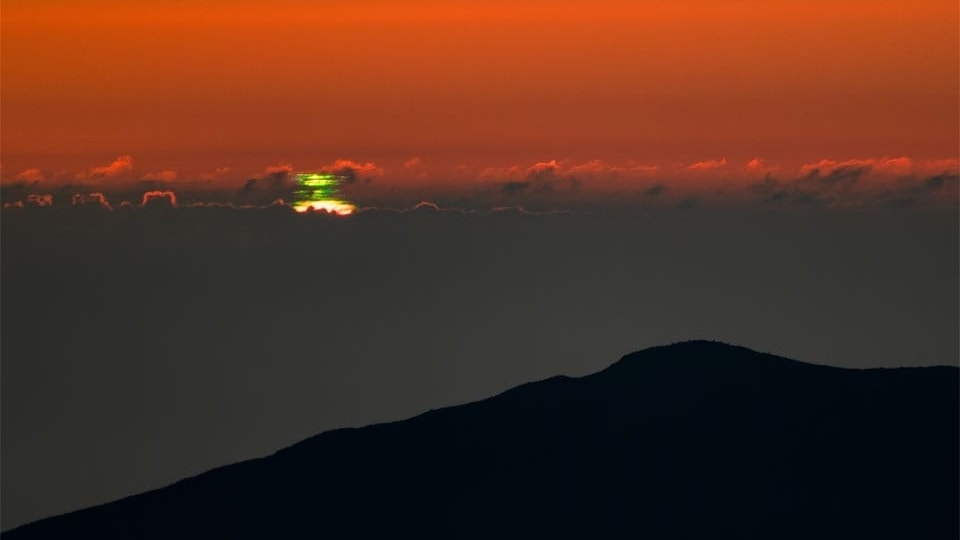
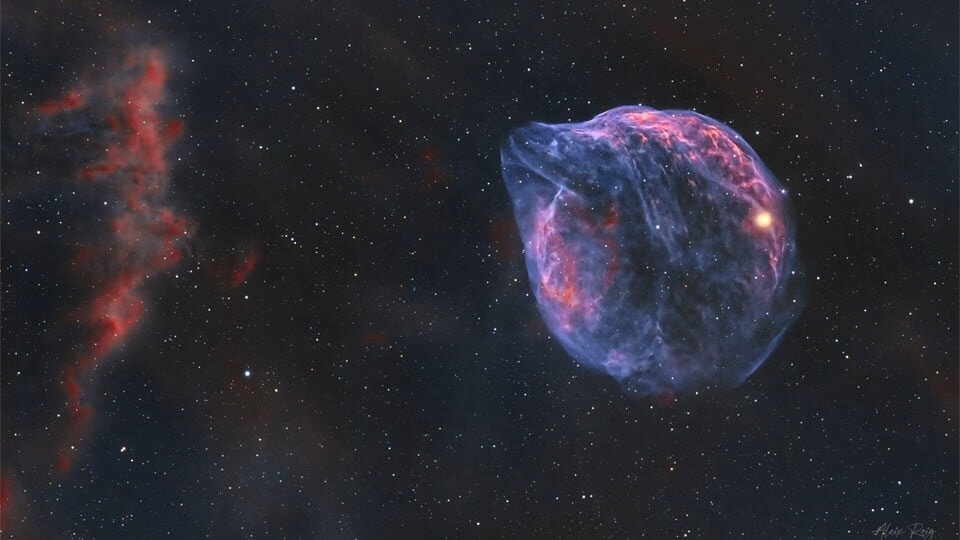
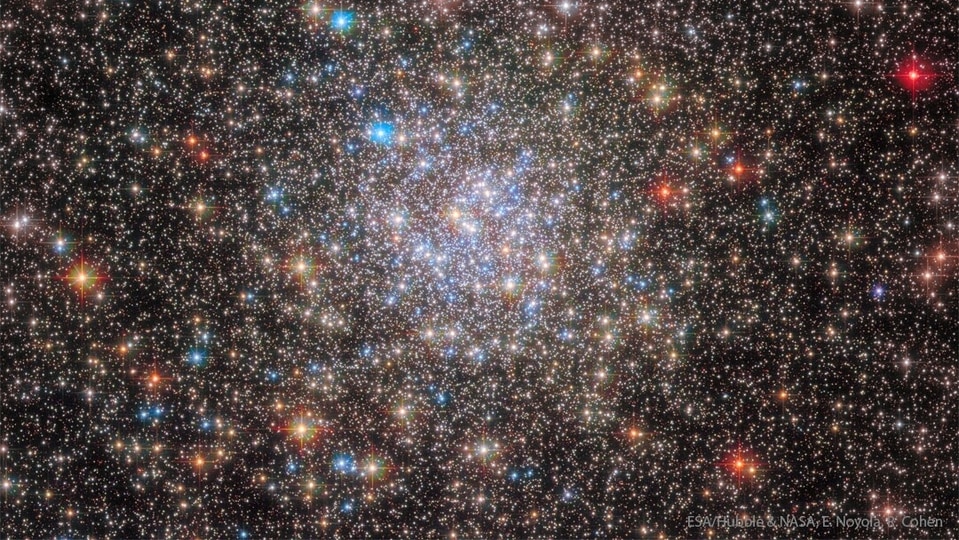
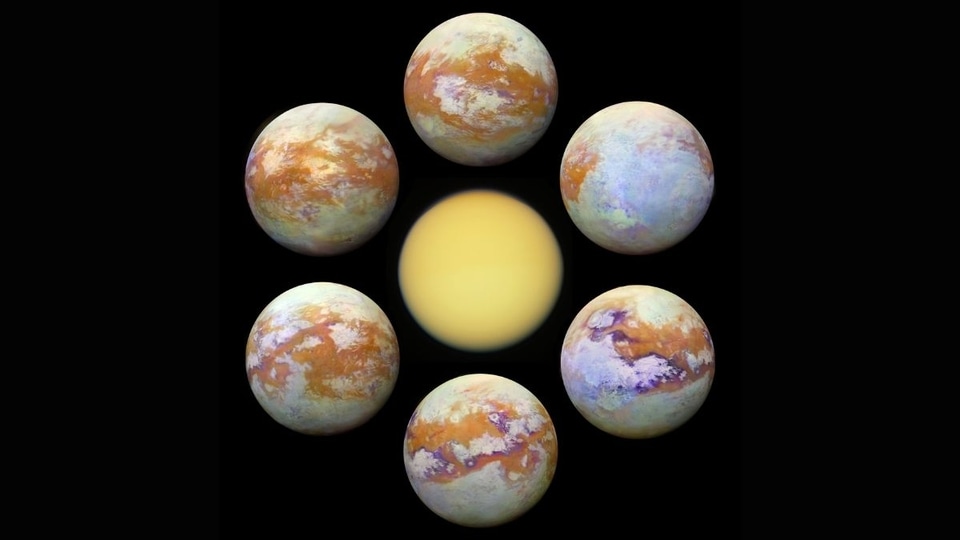
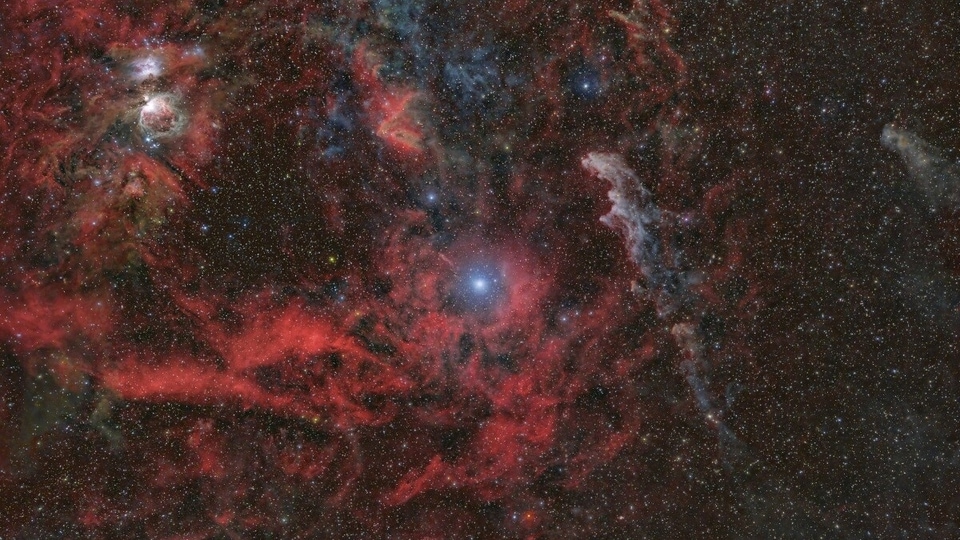
 View all Images
View all ImagesThe most commonly known celestial bodies are stars, and they serve as the essential components of galaxies. But how many of these shining objects are there? According to studies conducted, as many as 200 billion trillion stars illuminate our universe. Our Milky Way Galaxy has at least 100 billion stars alone, and there are over 100 billion galaxies in the universe. Sometimes, stars group together to form a particular shape in the sky which resembles objects on Earth. Known as constellations, they are named after objects, animals and people, as per NASA.
NASA Astronomy Picture of the Day today, is a snapshot of Rigel, a supergiant star which forms the left foot of the constellation of Orion. Rigel is one of the 10 brightest stars in Earth's sky and shines blue-white, according to NASA. The supergiant star is estimated to be about 8 million years old and is much larger and heavier than our Sun. Although it is 860 light-years away from Earth, Rigel is the brightest member of the Orion constellation.
The picture was taken by astrophotographer Rheinhold Wittich.
NASA's description of the picture
Brilliant, blue, supergiant star Rigel marks the foot of Orion the Hunter in planet Earth's night. Designated Beta Orionis, it's at the center of this remarkably deep and wide field of view. Rigel's blue color indicates that it is much hotter than its rival supergiant in Orion, the yellowish Betelgeuse (Alpha Orionis), though both stars are massive enough to eventually end their days as core collapse supernovae. Some 860 light-years away, Rigel is hotter than the Sun too and extends to about 74 times the solar radius. That's about the size of the orbit of Mercury.
In the 10 degree wide frame toward the nebula rich constellation, the Orion Nebula is at the upper left. To the right of Rigel and illuminated by its brilliant blue starlight lies the dusty Witch Head Nebula. Rigel is part of a multiple star system, though its companion stars are much fainter.
Catch all the Latest Tech News, Mobile News, Laptop News, Gaming news, Wearables News , How To News, also keep up with us on Whatsapp channel,Twitter, Facebook, Google News, and Instagram. For our latest videos, subscribe to our YouTube channel.































